
About 800 miles from the conflict’s active frontlines in Ukraine, in Bashkortostan, Ukrainian drone forces successfully attacked Gazprom Neftekhim Salavat, one of Russia’s biggest oil processing and petrochemical complexes, in September 2025. This facility, which is in charge of refining enormous amounts of crude oil and creating necessary petroleum products, is one of Russia’s vital energy infrastructure nodes.
Significant damage was caused by the drone strike, including a distillation unit fire, which prompted Russia to send out emergency response teams. The goal of Ukraine’s strategy is to weaken Russia’s ability to export oil, which accounts for a sizable amount of Moscow’s federal budget and war funding. A new aspect of asymmetric warfare is demonstrated by these deep strikes.
The Historical Background of Russia-Ukraine Drone Warfare Conflict
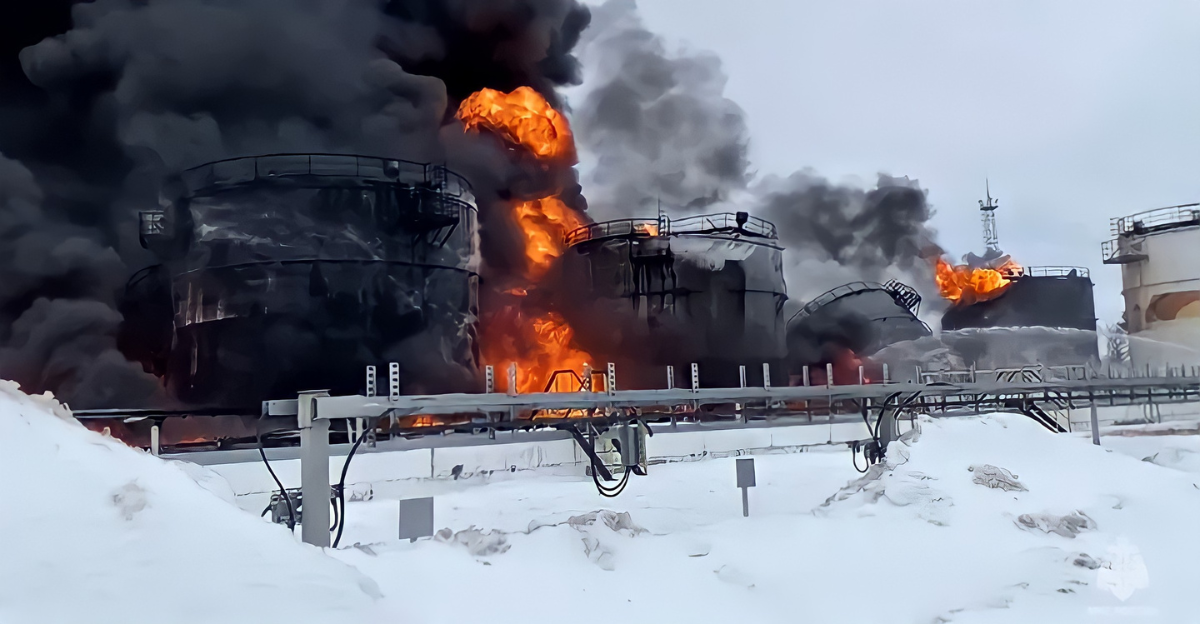
The use of unmanned aerial vehicles (UAVs) for reconnaissance and strikes by both sides in the Russia-Ukraine conflict led to a rapid evolution of drone warfare. Ukraine started out using improvised drones sparingly before developing more advanced systems that could launch precise, long-range attacks by 2023–2024.
Homemade long-range drones like the An-196 Liutyi, which can hit targets more than 600 miles inside Russia, much farther than the frontlines, represent a significant advancement. Strikes on industrial complexes and oil refineries located deep within Russian territory were the gradual culmination of earlier drone attacks that targeted ammunition depots, repair yards, and logistic nodes. On the other hand, Russia deployed a large number of Iranian Shahed-type drones, which were mass-produced, overtaking Ukrainian defenses.
Russian Oil Infrastructure’s Strategic Significance
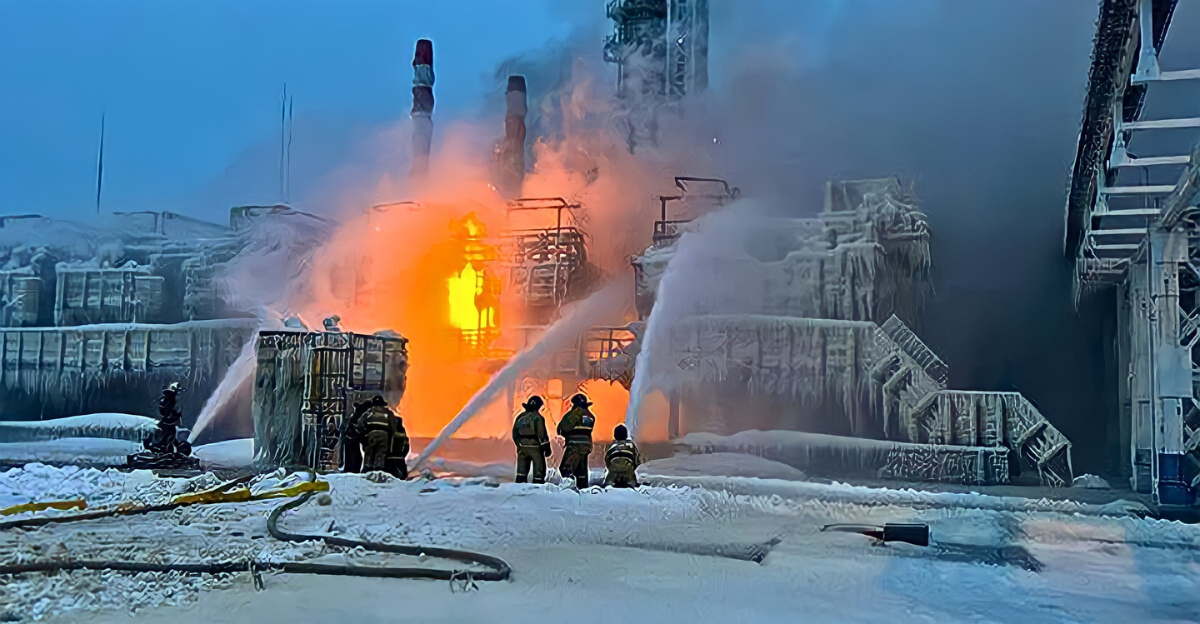
Russia’s economy and war effort are heavily dependent on its oil industry. Moscow’s economic clout abroad is demonstrated by the fact that oil exports make up around 9% of global production and that oil and gas earnings make up nearly 40% of Russia’s federal budget.
By converting crude into a variety of petroleum products essential for military logistics, transportation, and civilian consumption, refineries and petrochemical complexes like Gazprom Neftekhim Salavat play crucial roles. In addition to slowing production, disrupting these facilities has an effect on export supply chains that finance Russia’s military operations in Ukraine. The targeted facility in Bashkortostan is strategically significant because it supplies hydrocarbon products widely throughout Russia and blends crude from various fields.
Information about the Bashkortostan Refinery Drone Attack
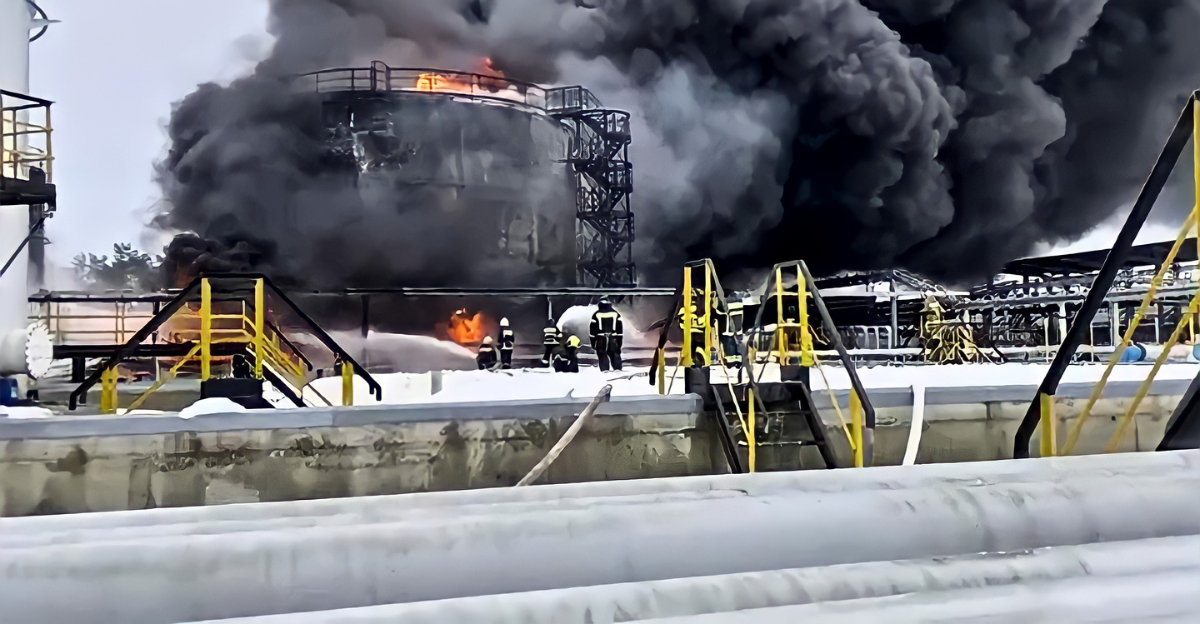
Two Ukrainian long-range drones attacked distillation equipment at the Gazprom Neftekhim Salavat complex, causing a significant fire. Overnight, the strike was carried out, evading Russian air defenses with precision and stealth.
While acknowledging continued damage assessments and firefighting efforts, regional officials confirmed there were no casualties. Similar attacks on important refineries like Kirishi, Ryazan, and Saratov have caused cumulative damage, reducing Russia’s refining capacity by almost 20% in 2025. This was not an isolated incident. The intricacy and scope of these assaults demonstrate Ukraine’s increasing capacity to project power far into Russia’s interior, posing a direct threat to previously secure energy infrastructure.
Deep Drone Strikes’ Tactical and Psychological Effects
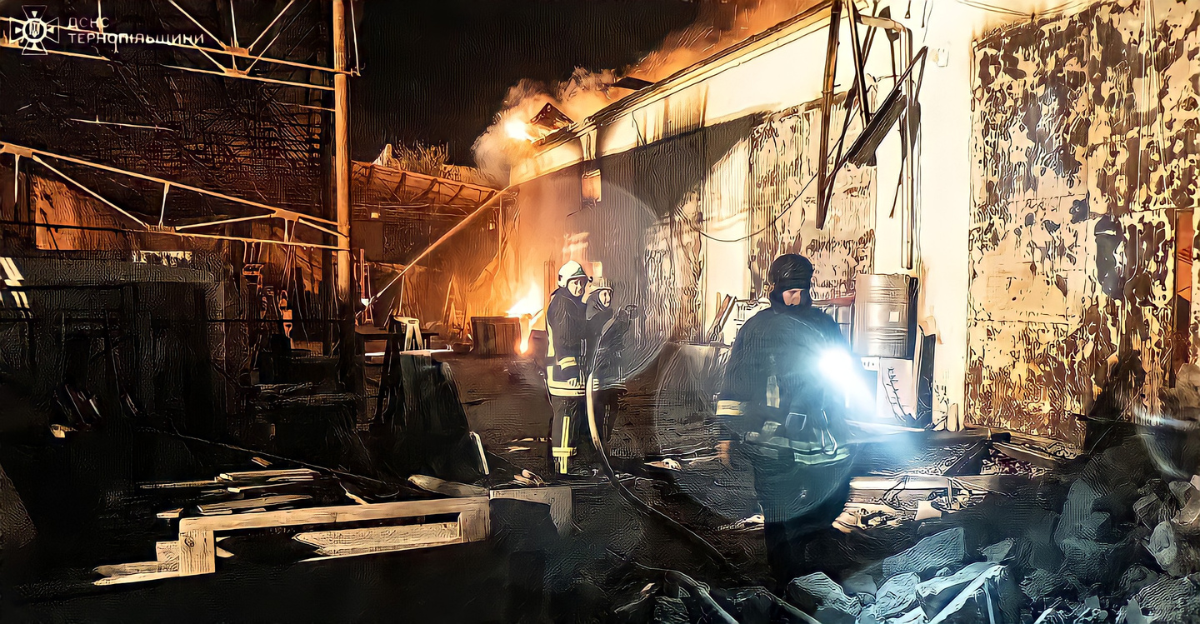
There are significant operational and psychological ramifications to the tactical shift to deep strikes against energy infrastructure. Ukraine projects power into Russia’s interior by attacking buildings far from conflict zones, undermining the Kremlin’s claim of control and invulnerability. Moscow is forced to shift funds from frontline defense to the air defense of industrial assets as a result.
As citizens deal with rising energy costs and gasoline shortages, as well as growing fears of more attacks, domestic morale suffers. From a military perspective, supply interruptions limit Russian forces’ access to fuel, which reduces their mobility and operational efficiency. The strikes also show how technologically savvy Ukraine is, which will improve its standing with allies and possibly draw in more military assistance.
Economic Effects on Russia’s Oil Production and Federal Budget
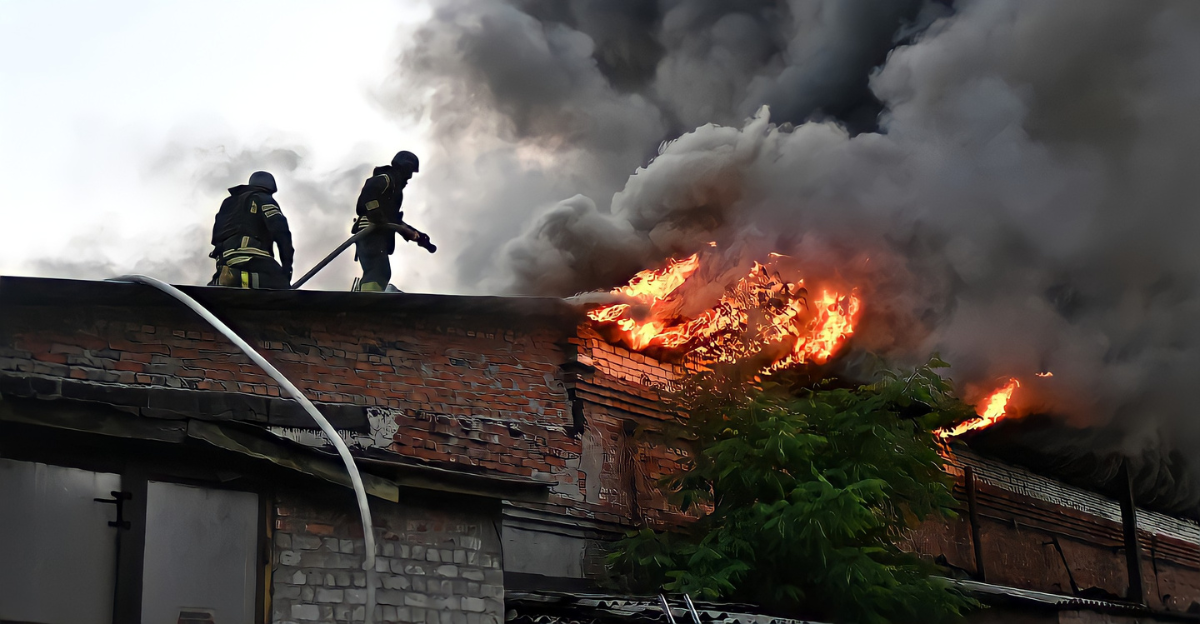
Drone strikes on refineries have an impact at the highest levels of the economy because Russia depends on oil exports for federal revenue. Repeated attacks since August 2025 have compelled producers to think about reducing output, and Russia’s pipeline monopoly Transneft has warned of possible volume reductions.
The supply chain from crude production to export is disrupted by reduced refining capacity, which results in operational bottlenecks and lower export volumes. Seaborne crude revenues have significantly decreased, reaching their lowest level since 2025, at the same time as these disruptions. According to analyses, additional drone strikes might drastically reduce Russia’s oil production, which would minimize budget revenues and limit Moscow’s ability to fund social programs, war efforts, and domestic stability initiatives.
Innovation and Drone Technology Leading the Campaign
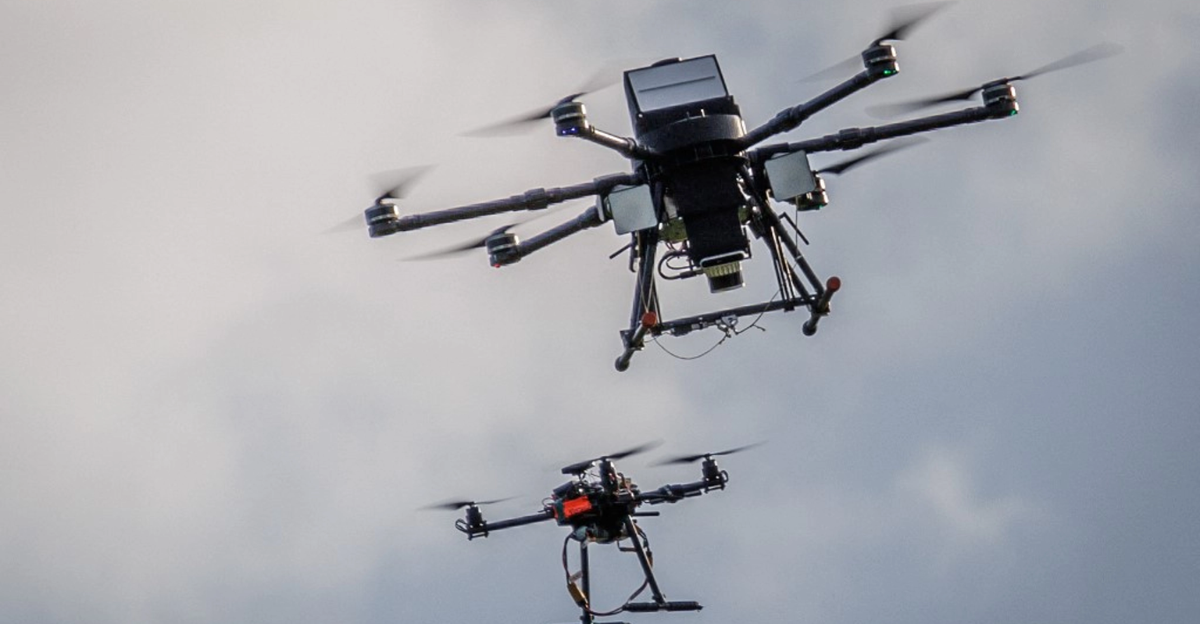
Rapid advancements in drone technology are primarily responsible for Ukraine’s success in these deep strikes. The nation’s military uses a combination of more expensive “bomber” drones that can carry heavier payloads for destroying infrastructure and less expensive strike drones for saturation attacks.
These drones are more precise than their size and price thanks to improved navigation and surveillance technology. Operational tactics that combine electronic warfare, precision strikes, and reconnaissance are pioneered by Ukrainian units like Achilles. Despite having a larger production scale, Russia’s drones are less focused on precise targeting, which frequently leads to indiscriminate attacks on civilian areas. Using small platforms to cause strategic damage, Ukraine’s adaptive drone strategy is an example of asymmetric warfare that challenges conventional defense paradigms.
Implications for the Global Energy Market and Geopolitics
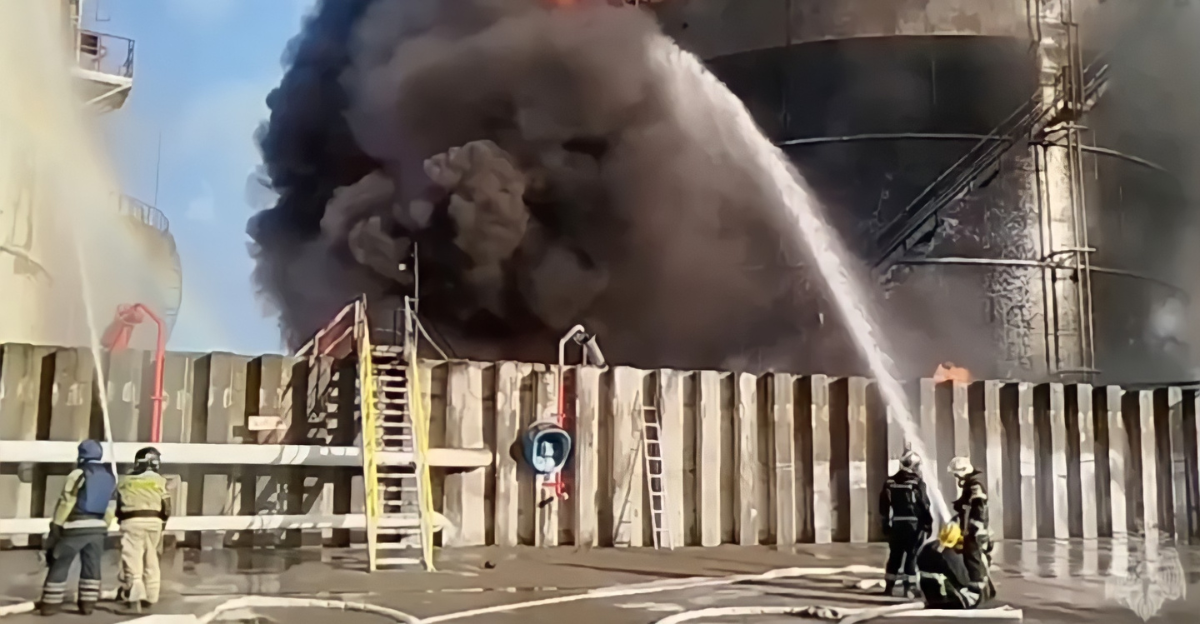
Russia’s oil infrastructure is being disrupted in ways that go far beyond its boundaries. Since Russia provides almost 10% of the world’s oil, prolonged capacity cuts could tighten international markets, affecting prices and global energy security. This forces consumers in Europe and around the world to increase strategic reserves and diversify their energy sources more quickly.
Additionally, it increases the effectiveness of sanctions by combining physical disruptions with logistical limitations. By weakening Russia’s economic stability, such strikes strengthen Ukraine’s geopolitical position in ongoing peace talks. In the midst of geopolitical tensions, they might also serve as a warning to other countries about the weaknesses of energy infrastructure, which could have an impact on international investment and security postures.
Risks and Difficulties of Deep Drone Combat
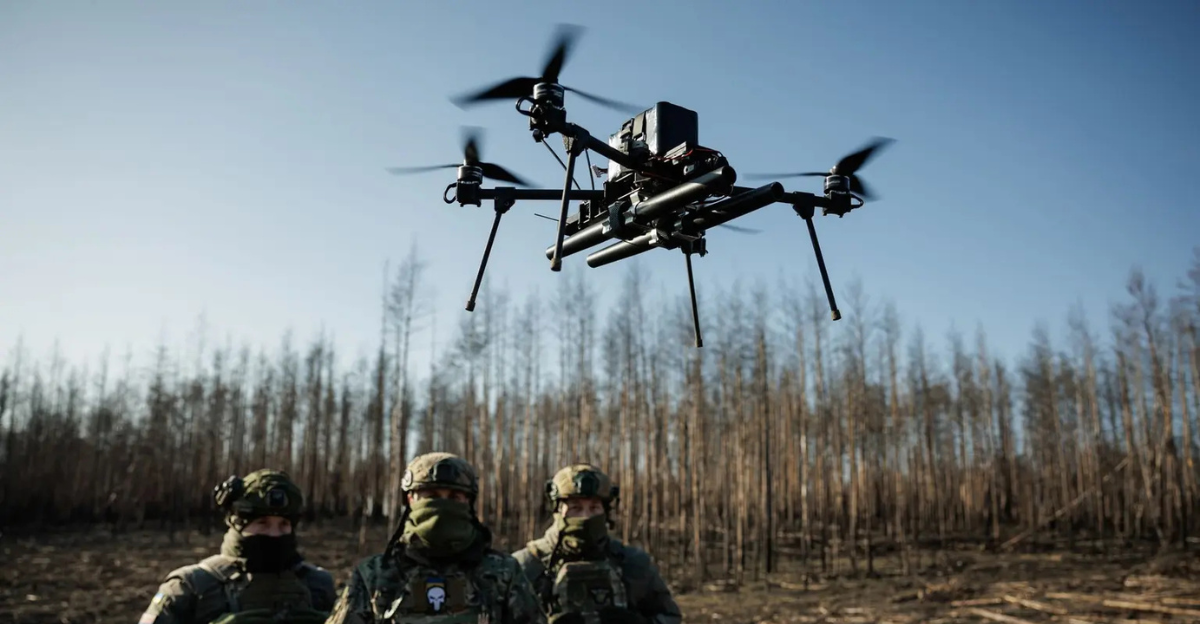
Deep drone strikes are effective, but they come with risks and operational difficulties. Maintaining drone range, avoiding ever-more-advanced air defenses, and making sure that targets are accurately identified to reduce collateral damage are examples of technical challenges. Target vulnerabilities require timely intelligence; false information or misfires could cause unanticipated escalation or harm to civilians.
From a strategic standpoint, the war may escalate if Russia responds by increasing drone production or extending its nuclear rhetoric. Additionally, there is a chance that infrastructure damage will strengthen rather than weaken Russia’s resolve. Ukraine must avoid inciting escalating reactions that prolong the conflict and weigh the advantages of economic warfare against any potential humanitarian costs.
Impacts on Russian Military Operations at the Second and Third Orders
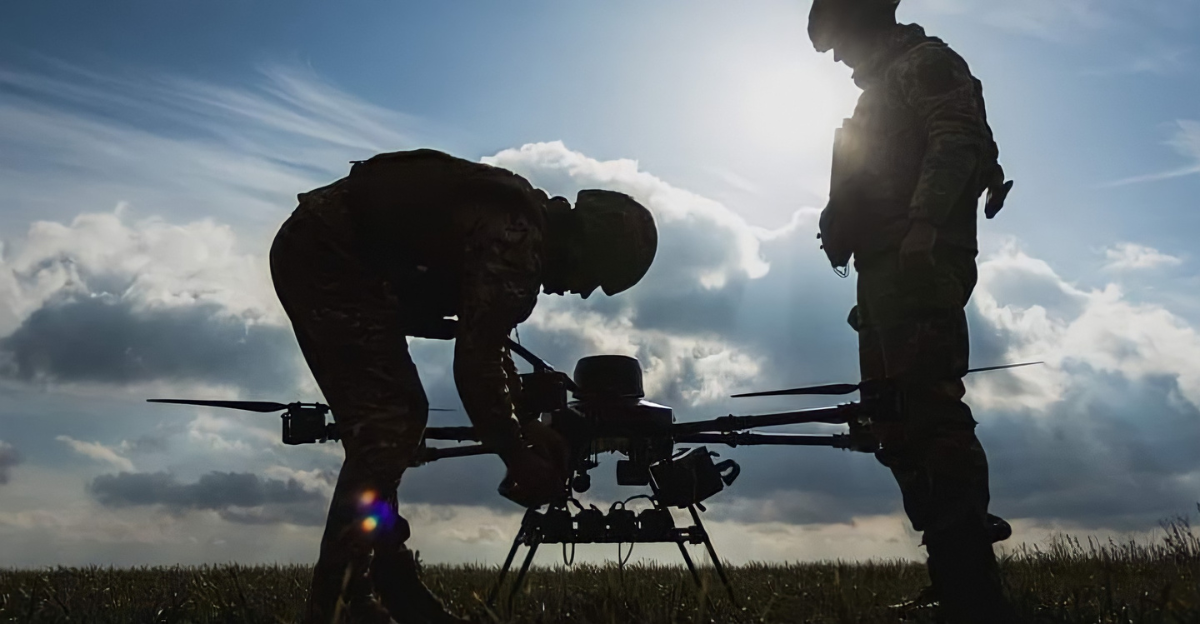
Russian military operations are directly hampered by disruptions in logistics and oil refining. Fuel shortages may lessen combat effectiveness on frontlines by delaying troop movements, resupply, and offensive capability. Targeting depot storage and pipeline connectors makes logistic chains more vulnerable.
Additionally, budget cuts for military modernization, employee salaries, and procurement result from damaged energy revenue. Reduced availability of synthetic lubricants and other petroleum-based military requirements are examples of secondary effects. Beyond direct combat losses, these cascading effects contribute to battlefield attrition over time by weakening Russia’s warfighting posture.
Using Economic Warfare as a Model for Strategy
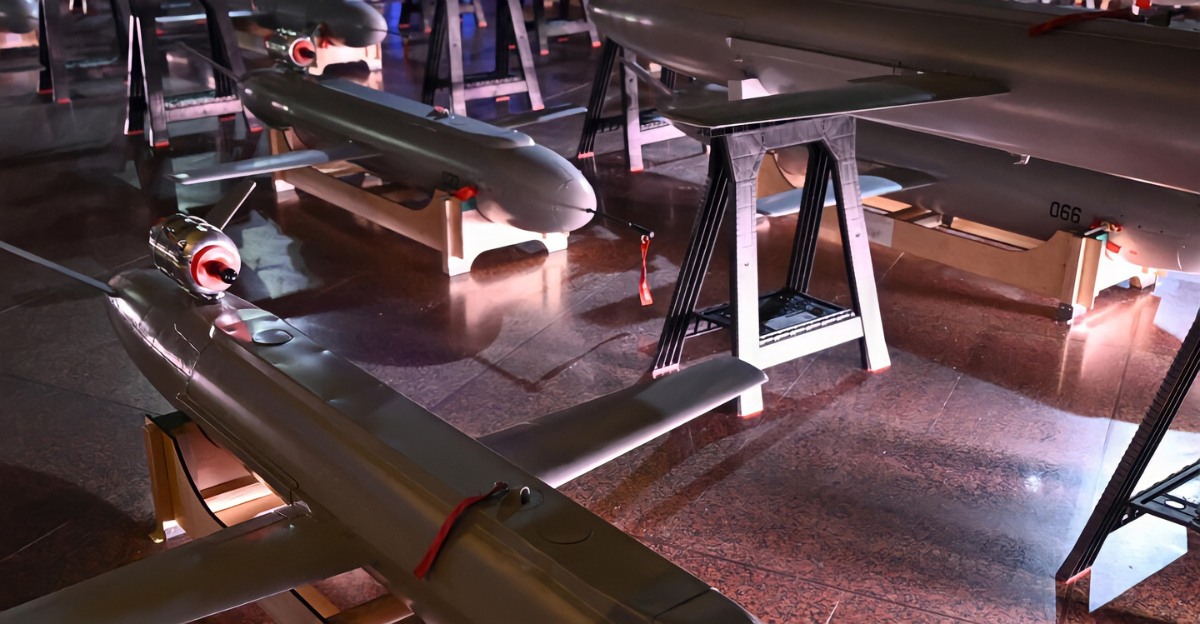
Ukraine’s drone campaign is a prime example of contemporary economic warfare, in which infrastructure that generates income is the target of kinetic strikes. This strategy moves the focus of a conflict from merely securing territory to systematically upending a state’s economic foundation. Ukraine exerts pressure on Russia’s military, financial, and political fronts by undermining its capacity to finance war.
Future conflicts where states with limited resources look for asymmetric ways to counteract traditional disadvantages could be modeled after this one. Additionally, it reinterprets drones as strategic tools with economic and political ramifications that go well beyond mere physical harm, rather than merely as tools for the battlefield.
Psychological Combat and Its Effects at Home in Russia
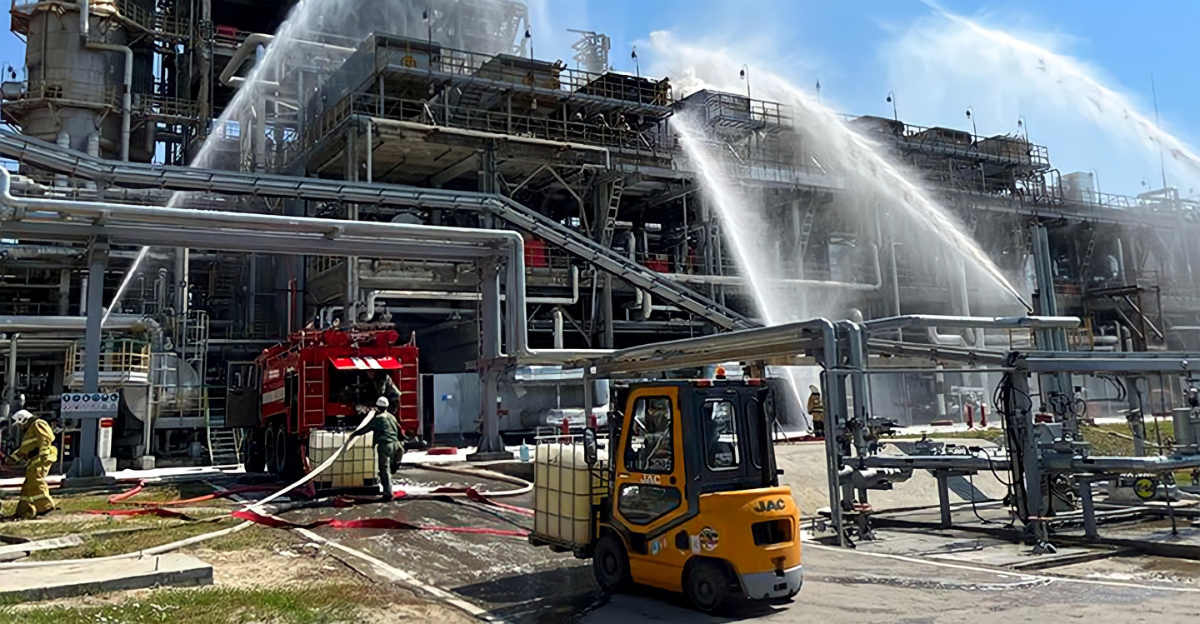
The continuous drone attacks are part of Russia’s psychological warfare. People are uneasy due to reports of gasoline shortages, rising fuel prices, and strikes in the hinterland.
This erodes trust in the government’s capacity to safeguard vital resources, which could erode support for the war at home. Calls for increased defensive spending that takes funds away from offensive war efforts are sparked by media coverage of the strikes, which intensifies feelings of vulnerability. Drone attacks’ unpredictability and invisibility contribute to a persistent sense of unease and change how the public views security and the efficacy of governance.
Environmental and Industrial Repercussions
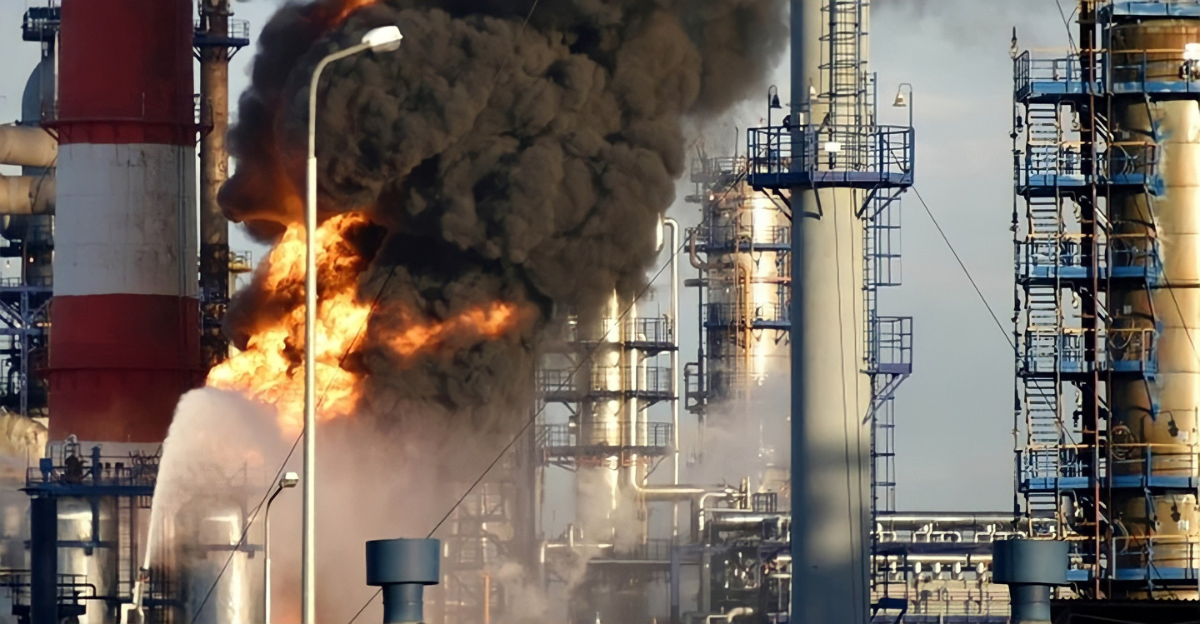
There are serious industrial and environmental risks associated with damage to large oil refineries. Toxic pollutants are released by fires at petrochemical complexes, contaminating nearby water and air sources. Frequent strikes put industrial sites at risk of long-term deterioration, making post-conflict restoration more difficult.
Sectors that depend on petroleum products may experience secondary industrial slowdowns as a result of disruptions to fuel supply chains. Furthermore, the combined environmental impact of firefighting, strikes, and damaged infrastructure raises health risks in the region and may give rise to global ecological concerns regarding conflict spillover.
Support for Ukrainian Drone Capabilities from the Czech Republic and the West
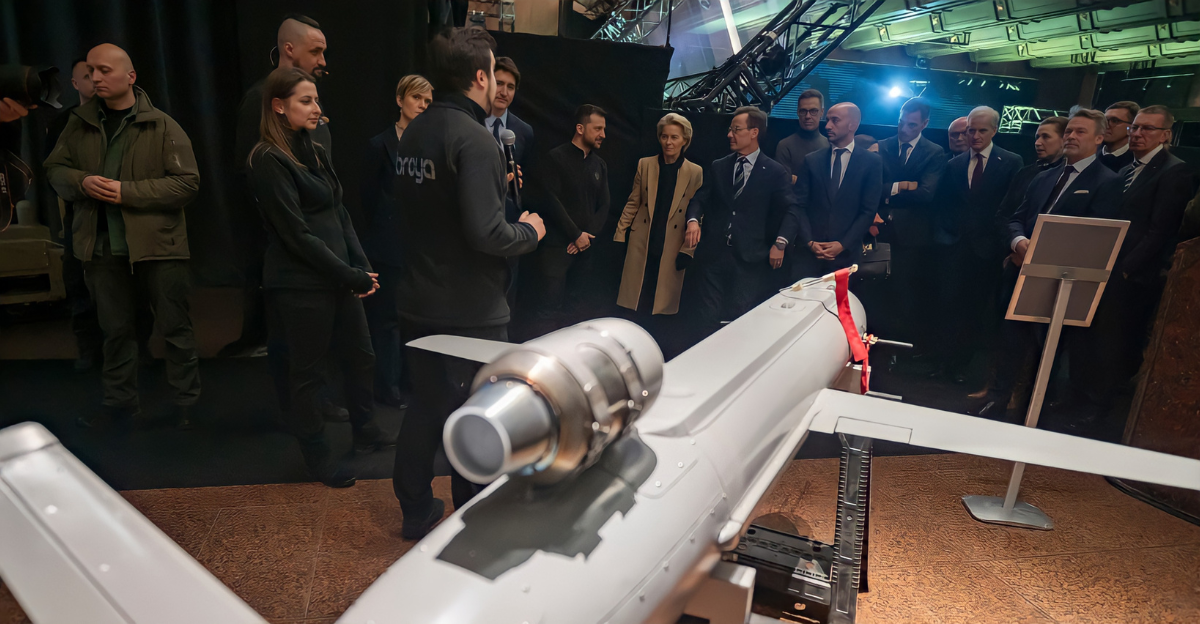
International allies provide cutting-edge drone technologies, parts, and intelligence sharing to help Ukraine’s drone strike campaign succeed. Ukraine receives crucial technology transfers, training, and operational support from Western and allied countries, such as the Czech Republic and other NATO members, to effectively develop and deploy strike drones.
Beyond the battlefield, this collaboration strengthens Ukraine’s capacity to launch long-range, accurate attacks and disrupt Russia’s vital infrastructure. In addition to hardware, support consists of software and drone countermeasures that improve maneuverability and survivability in contested airspace.
Comparative Evaluation of the Drone Strategies of Russia and Ukraine

In order to overwhelm air defenses and indiscriminately damage Ukrainian facilities, Russia’s drone strategy primarily uses massed swarm attacks with less expensive Shahed-type drones. Although this method is less accurate and frequently results in civilian casualties, it causes extensive disruption.
Ukraine, on the other hand, uses a methodical, intelligence-driven approach that prioritizes long-range precision strikes on strategically important, high-value targets. Since quality and targeting are more critical in drone warfare than volume and brute force, this has been more successful in weakening Russia’s war economy and infrastructure resilience.
Future Directions in Energy Targeting and Drone Warfare
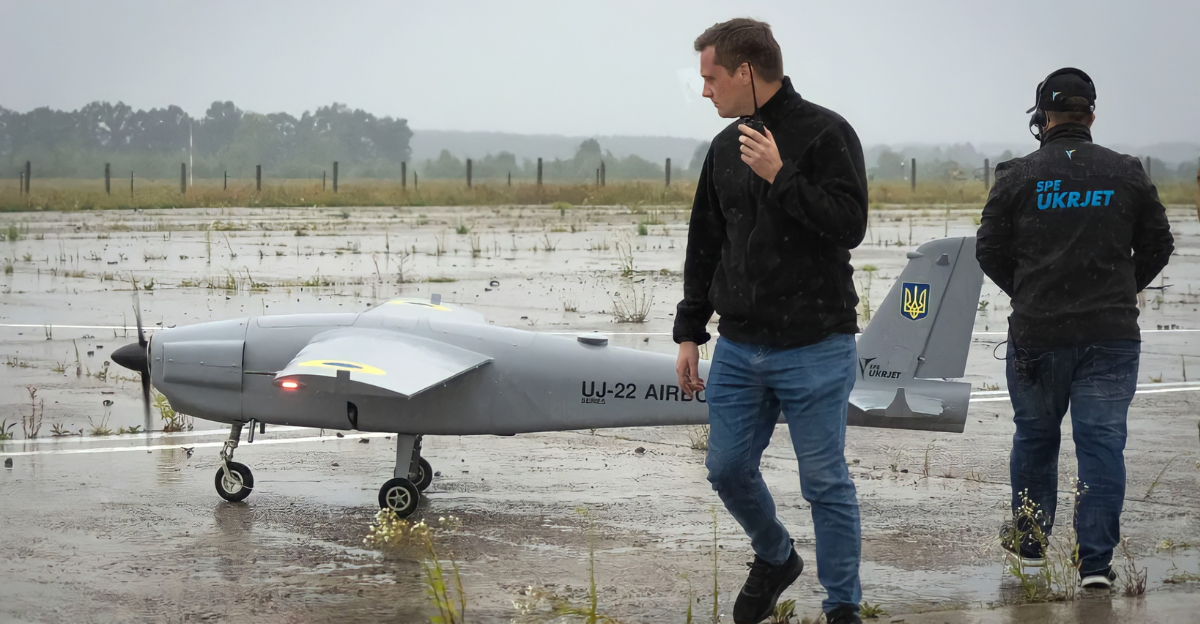
The conflict in Ukraine may herald new developments in drone warfare around the world, with a focus on targeting infrastructure and the economy. Drone precision and lethality will probably increase due to advancements in electronic warfare, autonomous navigation, and artificial intelligence, enabling smaller states to challenge larger adversaries effectively.
Because energy infrastructure is essential to maintaining the military and projecting state power, it will continue to be a top target. Future conflicts will probably involve persistent strikes by integrated drone networks, necessitating the use of sophisticated defenses like layered defense systems and AI-guided interceptors to lessen the threat.
Economic Targeting in Warfare: Historical Examples
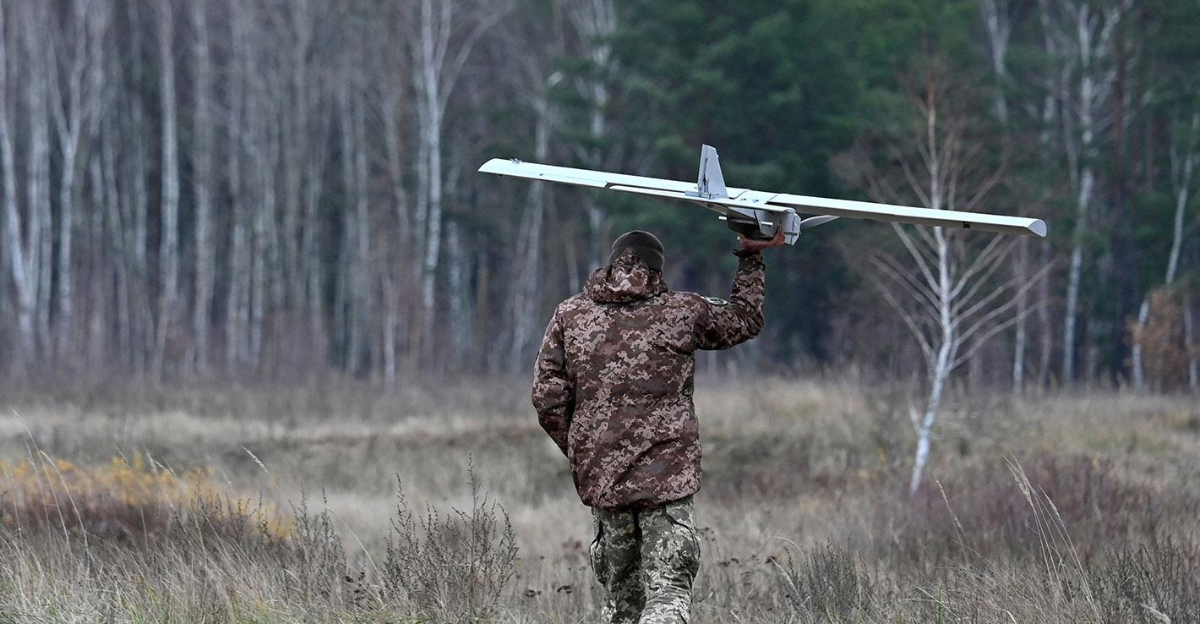
A traditional military strategy that has been resurrected with contemporary technology is targeting economic infrastructure to render an enemy crippled. Similar tactics were employed in air campaigns during World War II to bomb Japanese and German oil refineries, severely impairing their industrial capacity during the conflict.
In order to undermine Saddam Hussein’s war funding, coalition forces in the Gulf War targeted Iraq’s oil infrastructure. These precedents are echoed by Ukraine’s drone strikes, which are an evolution of economic warfare rather than a reinvention. They are more precise and pose less risk to personnel. This historical perspective emphasizes how persistent and successful energy supply disruption is as a means of resolving disputes.
Legal and Ethical Aspects to Consider
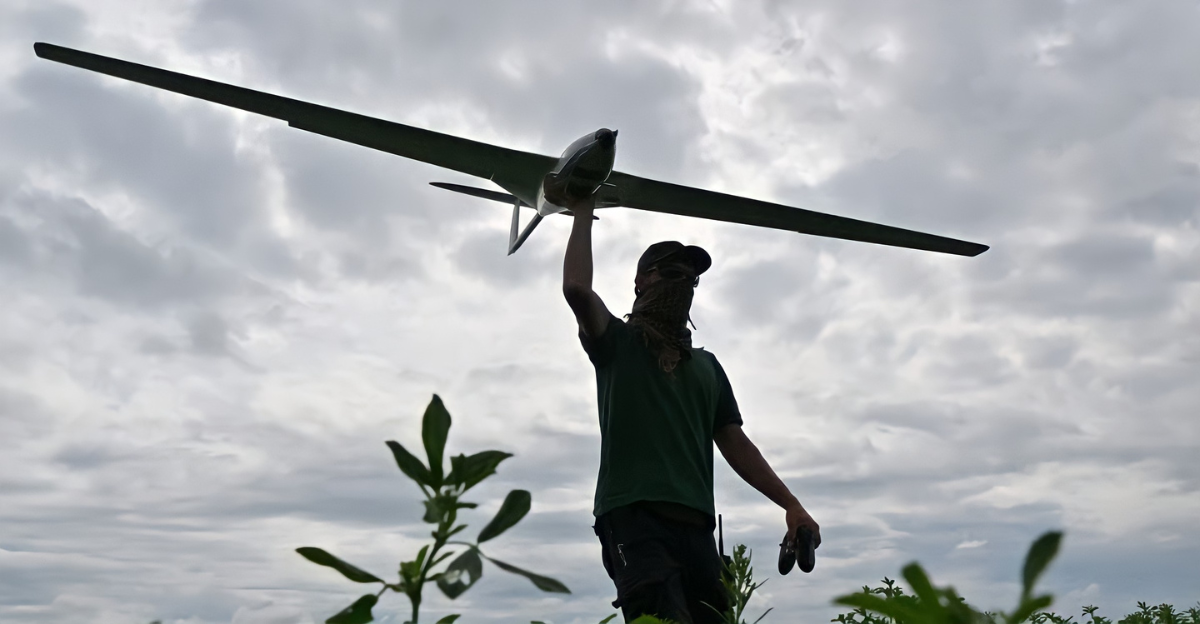
Under international law, attacks on infrastructure connected to civilians, like oil refineries, present complex moral and legal issues. Although it is acceptable for the military to target financial resources associated with war funding, caution must be used to reduce harm to civilians and environmental damage.
Ukraine aims to strike a balance between humanitarian ideals and military necessity by emphasizing precision targeting and preventing human casualties. The controversial nature of such tactics in contemporary conflict is reflected in Russia’s designation of these strikes as “terrorism.” The discussion challenges established legal frameworks by highlighting the changing nature of war and the blurring of lines between military and civilian infrastructure.
Possibility of Leveraging Peace Negotiations

Ukraine will have more negotiating leverage in any future peace negotiations as a result of its successful disruption of Russia’s oil infrastructure. Ukraine compels Moscow to reevaluate the financial implications of extending the conflict by methodically reducing Russia’s capacity to finance war.
Negotiation or concession may be encouraged by such strategic leverage, especially if economic hardship causes internal unrest. On the other hand, sustained strain on energy infrastructure may increase hostilities while simultaneously reducing Russia’s ability to wage protracted conflict. Thus, the drone campaign serves a dual military and diplomatic purpose, influencing the course of the conflict in the direction of a possible negotiated settlement.
In Conclusion
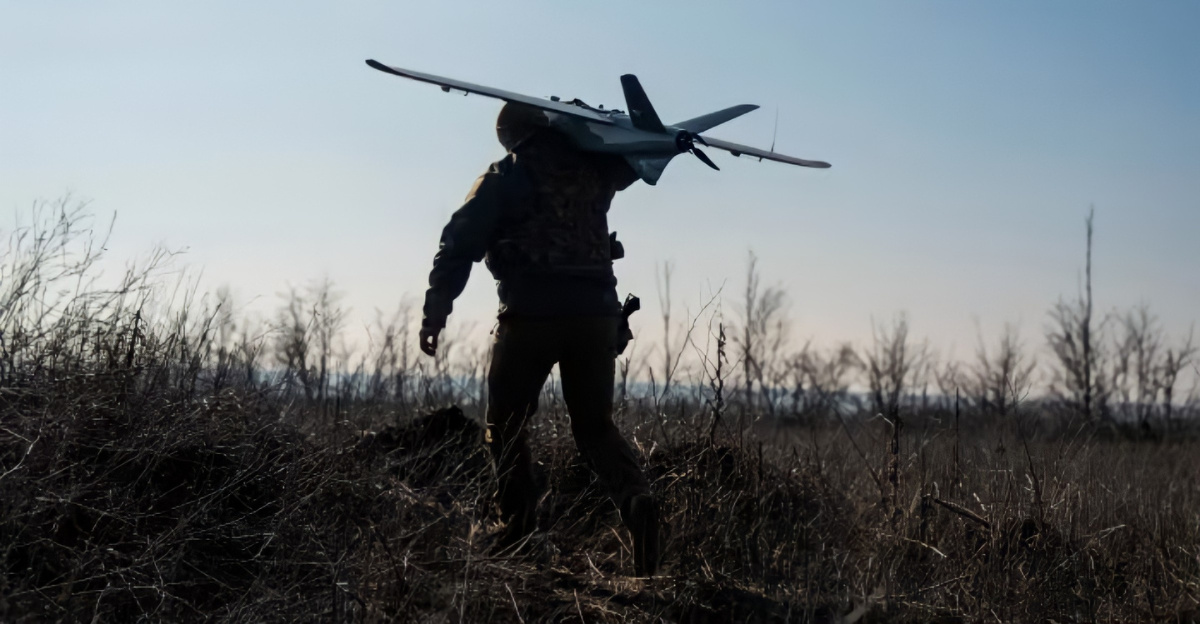
The 2025 drone strikes, which combined technological innovation with strategic economic disruption, marked a turning point in modern warfare by shutting down a significant Russian oil complex located far from the frontline. These attacks highlight the significance of energy resources in geopolitical power and expose the weaknesses of conventional industrial infrastructure in a high-tech conflict.
A striking example of asymmetric warfare with far-reaching military, economic, and political repercussions is Ukraine’s use of precision long-range drones to destroy Russia’s war economy. The cumulative impact of these strikes strengthens Ukraine’s strategic position while placing a strain on Russia’s military sustainability. But the strategy also presents difficult escalation, ethical, and environmental issues that all stakeholders must carefully manage.